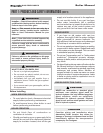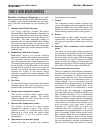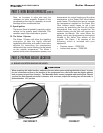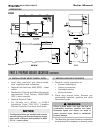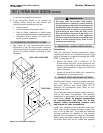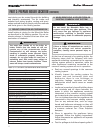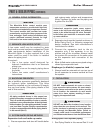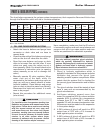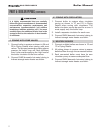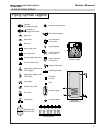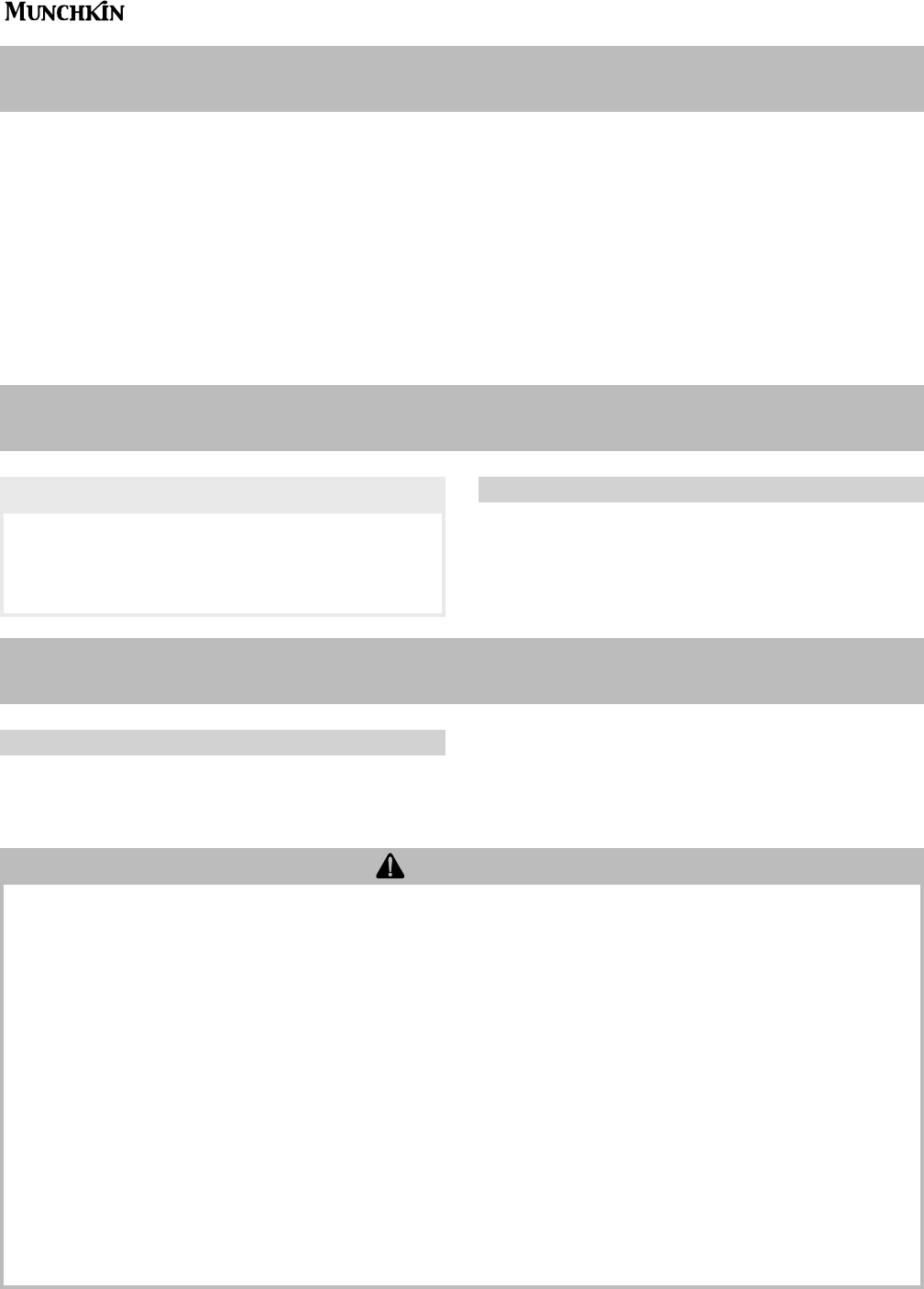
12
GAS-FIRED BOILER Boiler Manual
WARNING
To avoid water damage or scalding due to relief valve operation:
• Discharge line must be connected to relief valve outlet and run to a safe place of disposal. Terminate the
discharge line in a manner that will prevent possibility of severe burns or property damage should the valve
discharge.
• Discharge line must be as short as possible and be the same size as the valve discharge connection
throughout its entire length.
• Discharge line must pitch downward from the valve and terminate at least 6” above the floor drain where
any discharge will be clearly visible.
• The discharge line shall terminate plain, not threaded, with a material serviceable for temperatures of 375
°F or greater.
• Do not pipe the discharge to any place where freezing could occur.
• No shutoff valve shall be installed between the relief valve and boiler, or in the discharge line. Do not plug
or place any obstruction in the discharge line.
• Test the operation of the valve after filling and pressurizing system by lifting the lever. Make sure the valve
discharges freely. If the valve fails to operate correctly, replace it with a new relief valve.
• Failure to comply with the above guidelines could result in failure of the relief valve to operate, resulting in
possibility of severe personal injury, death or substantial property damage.
minutes of main burner operation. Use the
flame of a match or candle, or smoke from a
cigarette, cigar, or pipe.
f. After it has been determined that each
appliance remaining connected to the
common venting system properly vents
when tested as outlined herein, return doors,
windows, exhaust fans, fireplace dampers,
and any other gas-burning appliance to their
previous conditions of use.
g. Any improper operation of common venting
system should be corrected so the
installation conforms with the National Fuel
Gas Code, ANSI Z223.1 — latest edition.
Correct by resizing to approach the minimum
size as determined using the appropriate
tables in Table 13 of NFPA54 ANSI Z223.1
2006 of that code. Canadian installations
must comply with B149.1 or B149.2
Installation Code.
CAUTION
Cold weather handling — If boiler has been
stored in a very cold location (below 0°F) before
installation, handle with care until the plastic
components come to room temperature.
PART 3: PREPARE BOILER LOCATION
(CONTINUED)
PART 4: PREPARE BOILER
A. REMOVE BOILER FROM BOX
1. Prior to installing, care must be taken to place
boiler in a safe location prior to installation on
the wall to prevent damage to the mechanical
connections.
PART 5: BOILER PIPING
A. RELIEF VALVE
Connect discharge piping to safe disposal loca-
tion, following guidelines in the WARNING below.



